When it comes to automotive maintenance, few repairs loom larger than a transmission replacement. The transmission is the beating heart of your vehicle’s drivetrain, crucial for translating engine power into motion. If you’re facing the daunting prospect of needing a transmission replacement, understanding the timeframe for this process can alleviate some of the stress. Let’s delve into the factors that influence how long a transmission replacement might take and what you can expect during this critical repair.
- Understanding the Transmission Replacement Process
- Average Timeframe for Transmission Replacement
- 1. Type of Vehicle
- 2. Availability of Parts
- 3. Shop Workload
- 4. Additional Repairs
- Tips for Streamlining the Process
- What to Expect During Transmission Replacement
- 1. Diagnostic Evaluation
- 2. Parts Ordering and Preparation
- 3. Removal of the Old Transmission
- 4. Installation of the New Transmission
- 5. Quality Control and Testing
- Cost Considerations
Understanding the Transmission Replacement Process
Replacing a transmission is no small feat. It involves several steps, each requiring meticulous attention to detail. Here’s a general breakdown of the process:
- Diagnosis: Before anything else, a thorough diagnostic is essential. This can take anywhere from a few hours to a day, depending on the complexity of the issue.
- Parts Acquisition: If a replacement is necessary, the specific type of transmission must be ordered. Availability can vary widely, impacting the overall timeframe.
- Removal of the Old Transmission: The old unit must be carefully removed, which usually takes between 2 to 6 hours.
- Installation of the New Transmission: Putting in the new transmission can take another 4 to 8 hours.
- Testing: Finally, thorough testing is crucial to ensure everything is functioning properly. This can add an additional hour or two.
Average Timeframe for Transmission Replacement
In total, the timeframe for a complete transmission replacement can range from 1 to 3 days. However, various factors can influence this duration:
1. Type of Vehicle
The make and model of your vehicle play a significant role in the timeframe. Some vehicles are designed with easier access to the transmission, allowing for quicker replacements. Others, especially luxury models or those with complex drivetrain layouts, may take longer.
2. Availability of Parts
OEM (Original Equipment Manufacturer) parts might take longer to arrive than aftermarket options. If your vehicle is older or less common, sourcing the correct transmission could extend the repair timeline significantly.
3. Shop Workload
The current workload at your chosen repair shop can also affect how quickly they can attend to your vehicle. Busy shops may have longer wait times, while those with fewer vehicles might be able to expedite your repair.
4. Additional Repairs
Often, a transmission replacement can uncover other issues, such as worn-out mounts or fluid leaks. Addressing these additional repairs can extend the timeframe as well.
Tips for Streamlining the Process
To help ensure a speedy transmission replacement, consider these tips:
- Be Proactive: Schedule an appointment for diagnostics as soon as you notice any transmission issues.
- Research Parts: Check on part availability before committing to a repair shop.
- Choose the Right Shop: Look for a reputable mechanic with experience on your vehicle type to ensure efficiency.
While the prospect of a transmission replacement can be daunting, understanding the timeframe involved can help you prepare for the process. By considering the various factors at play, you can set realistic expectations and work with your mechanic to ensure a smooth and efficient repair. Remember, a healthy transmission is key to your vehicle’s performance, making this repair not just a necessity, but a critical investment in your automotive future.
What to Expect During Transmission Replacement
While the replacement process can vary, understanding what happens during each phase can help demystify the experience. Here’s a closer look at the key steps involved:
1. Diagnostic Evaluation
The journey begins with a thorough diagnostic evaluation. Skilled technicians will connect your vehicle to diagnostic equipment to assess the transmission’s condition. They will look for error codes, fluid leaks, and signs of wear. This step is crucial, as it not only confirms the need for a replacement but also identifies any additional issues that may need attention.
2. Parts Ordering and Preparation
Once the diagnosis is complete, the next phase involves sourcing the right transmission. This is where your choice of parts can significantly influence the timeframe. OEM parts may take longer to procure, especially for less common vehicles, while aftermarket options may be more readily available. During this period, the shop will also prepare the workspace, ensuring all necessary tools and equipment are on hand for a smooth installation.
3. Removal of the Old Transmission
The actual removal of the old transmission requires precision and expertise. Technicians will disconnect various components such as the battery, exhaust system, and driveshaft before carefully extracting the transmission. This step is labor-intensive and requires not only strength but also an understanding of the vehicle’s intricate systems to avoid damaging surrounding parts.
4. Installation of the New Transmission
With the old unit out, the technicians will begin the installation of the new transmission. This involves aligning the new component correctly, connecting all necessary fluids, wires, and mounts, and ensuring that everything fits perfectly. The installation phase is critical, as even minor misalignments can lead to significant issues down the line.
5. Quality Control and Testing
Before your vehicle is returned to you, comprehensive testing is essential. Technicians will conduct road tests and check for proper fluid levels, response times, and overall performance. This quality control step is key to ensuring that the new transmission operates efficiently and that any lingering issues are addressed before you hit the road.
Cost Considerations
In addition to the timeframe, understanding the financial implications of a transmission replacement is equally important. Costs can vary widely based on several factors:
- Type of Transmission: Automatic transmissions typically cost more than manual ones due to their complexity.
- Labor Rates: Labor costs can vary significantly depending on the shop’s location and expertise.
- Parts Quality: Choosing between OEM and aftermarket parts can impact the overall cost, with OEM parts generally commanding a premium.
Facing a transmission replacement can be overwhelming, but knowledge is power. By understanding the timeframe and the steps involved, you can better prepare for the process, make informed decisions, and communicate effectively with your mechanic. Remember, investing in a quality transmission replacement not only enhances your vehicle’s performance but also extends its lifespan, ultimately saving you time and money in the long run.
Stay proactive with your vehicle maintenance, and don’t hesitate to seek a second opinion if you feel uncertain about the necessity or scope of a transmission replacement. Your vehicle deserves the best, and so do you!

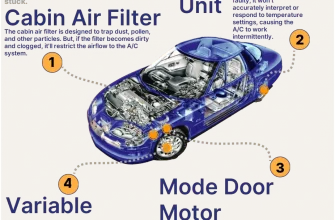
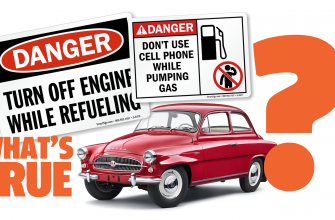
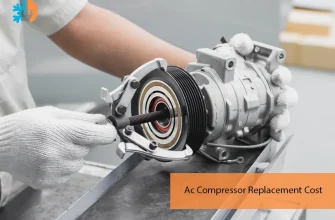

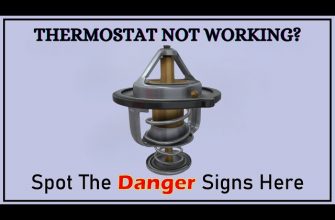
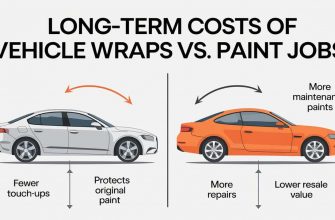
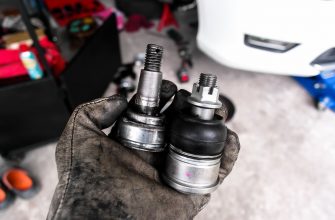
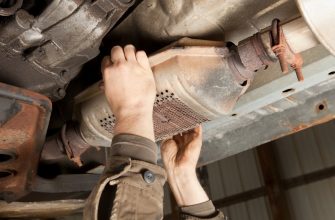
Very informative! It’s great to know what to expect when facing a transmission replacement. The emphasis on diagnostics was particularly helpful.
This article provides a clear and concise overview of the transmission replacement process. I appreciate the detailed breakdown of each step involved!
This piece is well-written and insightful. I never realized how much detail goes into replacing a transmission. Great job explaining everything!
A very helpful guide for anyone facing a transmission issue. The information on parts acquisition and vehicle types was particularly enlightening!
I found this article extremely useful. Understanding the timeframe and factors that influence it really alleviates some of the stress associated with repairs.
Fantastic read! The breakdown of each stage in the transmission replacement process made it easy to understand what to expect. Thanks for sharing!